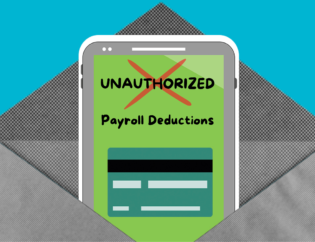

As employers work to contribute to the company’s success, companies must also compensate employees with the benefits they are entitled to. Finding the best team members means offering comprehensive packages to them – salary and fringe benefits included.
What are fringe benefits?
A fringe benefit is an additional benefit that is provided in addition to an employee's wage. The name may sound uncommon but they are usually referred to as employee benefits.
Some examples of fringe benefits are company car, subsidized meals, health insurance, retirement plans, paid vacation leaves, and more. To entice new hires and maintain their satisfaction with the additional benefits for them, many firms give one or even all of them.
Examples of what are not considered fringe benefits would be taxes and FICA or the Federal Contributions Act, which is the US federal payroll tax and is deducted from the employee’s monthly paycheck. These two categories are the only ones that are never accepted as fringe benefits. Whether they are local, state or federal and figure, the FICA’s purpose is to fund Social Security and Medicare. It offers benefits to pensioners, those with disabilities, and the children of deceased employees.
Fringe benefits are not exclusive to regular employees, but also to contractors or partners. This is which workers for federally-funded projects can benefit. Additionally, fringe benefits may be taxable or non-taxable. Unless the IRS specifically excludes the fringe benefit from taxes, you must disclose the amount since some fringe benefits are taxed. Examples of taxable fringe benefits are cash bonuses, paid personal time off, and personal use of company-issued vehicles.
To see if what you offer your employees are considered a fringe benefit or not, you must make research for it. Depending on the project type, different requirements apply. Check that first before deciding that it qualifies as a fringe benefit because doing otherwise will simply result in higher costs down the road.










